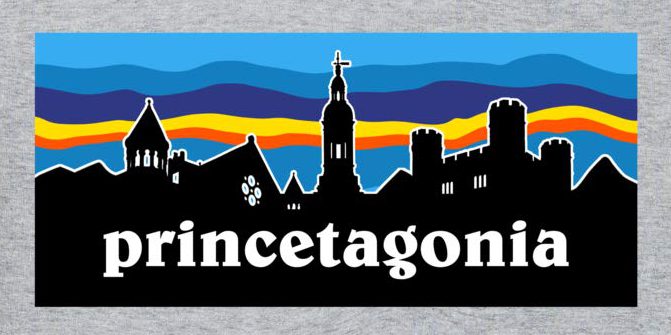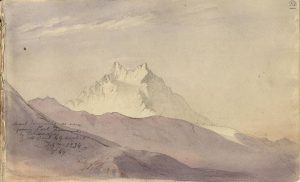
Darwin traveled on the Beagle in the mid 19th century and later published his journal entries from the voyage as a book, Voyage of the Beagle, which became wildly popular and many people’s reference to Patagonia. A land of mysterious creatures, similar yet different to creatures known in other parts of the world, Darwin describes Patagonia as a place where “the hour of life has run its course” (Darwin, 166).
“Among the scenes which are deeply impressed on my mind, none exceed in sublimity the primeval forests undefaced by the hands of man; whether those of Brazil, where the powers of Life are predominant, or wether those of Tierra del Fuego, where Death and Decay prevail… The plains of Patagonia are boundless, for they are scarcely practicable, and hence unknown: they bear the stamp of having thus lasted for ages, and there appears no limit to their duration through future time.”
— Charles Darwin, Voyage of the Beagle, pg. 374.
Illustrations from Darwin’s voyage by Conrad Martens (taken from Smithsonian Magazine)
After gaining independence from the Spanish in the early 1800s, Chile and Argentina attempted to move their people south and push the borders of established civilization to expand their national borders through citizenship claims. Despite these attempts, however, Darwin’s portrayal of Patagonia as a wild land remained.
Further Readings
Darwin, Charles. “Voyage of the Beagle.” Edited by Janet Browne and Michael Neve.
Borrero, Luis A., McEwan, Colin, and Prieto, Alfredo. “Patagonia: Natural History, Prehistory, and Ethnography at the Uttermost End of the Earth.” New Jersey: Princeton University Press. 2014.




